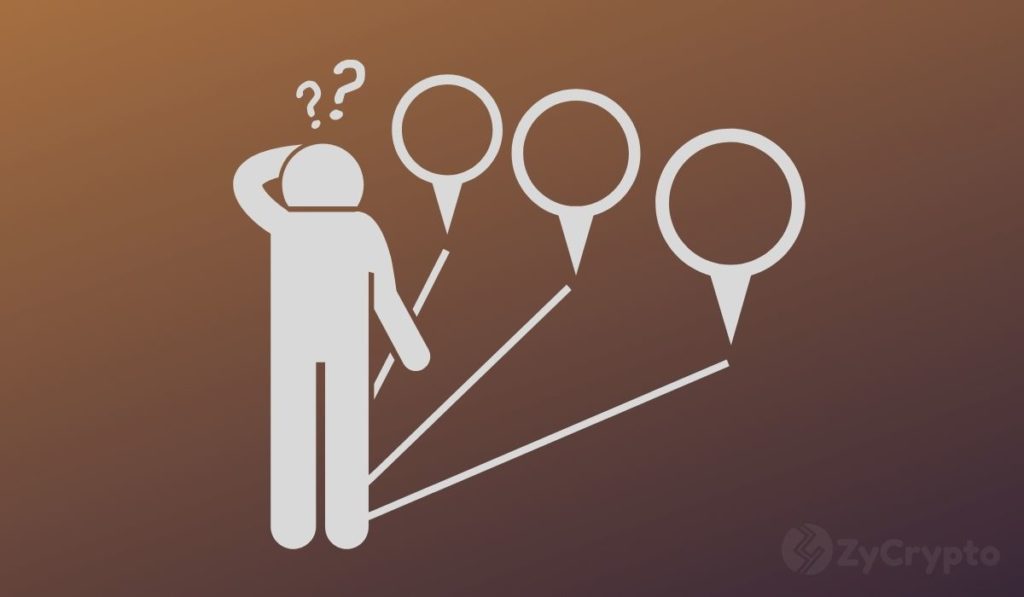2018-11-7 21:53 |
Mining exchanges that rely on transaction fees such as FCoin have raised many questions since they were founded. However, a new report suggests they are on their deathbed. Exchanges are the backbone of crypto. Without them, this industry would not have achieved what it has today. Since they opened eight years ago, they have grown in number and variety. While some have had a positive impact, others have had a negative impact.
Bad Exchanges Do Not Have a FutureTFM or transaction fee mining exchanges are exchanges, which rewards users with in-house tokens. Research shows that their order books are thin and the user base is in decline. TFMs are quite new but they do not seem to have a future. This is despite evidence that they have tried to increase their volumes artificially.
A recent pricing index revealed that TFMs had a major decline in their 24 hours volumes from September to October. One example is CoinBene that fell by about $40 million. Another one is CoinEX that fell by almost $70 million.
Contradicting ResultsIn the report, it was revealed that they had high volumes but the trade sizes were tiny. For instance, an average trade order on CoinEX was just $215. On conventional exchanges, the size of trades was $3,000 and $1500 on Bithumb and Huobi Pro respectively. Besides that, the order book was thin, which means diversity between ask and sell orders was minimal.
Volumes on TFMs were not in sync with the daily active users. For instance, on CoinBene, there were 2000 unique visits daily. However, on EXX, the trading volumes were near $16,000 but the site visitors were just 700 daily.
The Major DifferenceThe main difference between conventional and TFM exchanges is the transaction model. In a normal exchange, there is a small charge for each order. This charge is used to maintain the exchange. Besides that, the fee will include profits if the exchange is centralized. TFMs take the fee for each trade but the fees are taken in one go. Then the users are reimbursed using a native token.
The goal is to have more users join the platform and reward them for joining. The native tokens are exchanges for top tokens such as ETH or BTC. The TFMs even have a referral program to ensure more people join the exchange. However, as the native tokens are given out, their value seems to go down. This has some people wondering if they are Ponzi schemes.
Good Example of TFM: FCoinFCoin exchange is one of the best examples of a TFM. The exchange was launched in the summer. Its users pay for the transaction in ETH and BTC and they get FCoins. The exchange claimed to have trading orders similar to exchanges such as Binance. However, it later became obvious that bots executed most of the orders. As a result, the founder and CEO of Binance complained that this model was essentially tricking people into taking part in token sales.
origin »Emerald Crypto (EMD) на Currencies.ru
|
|





















